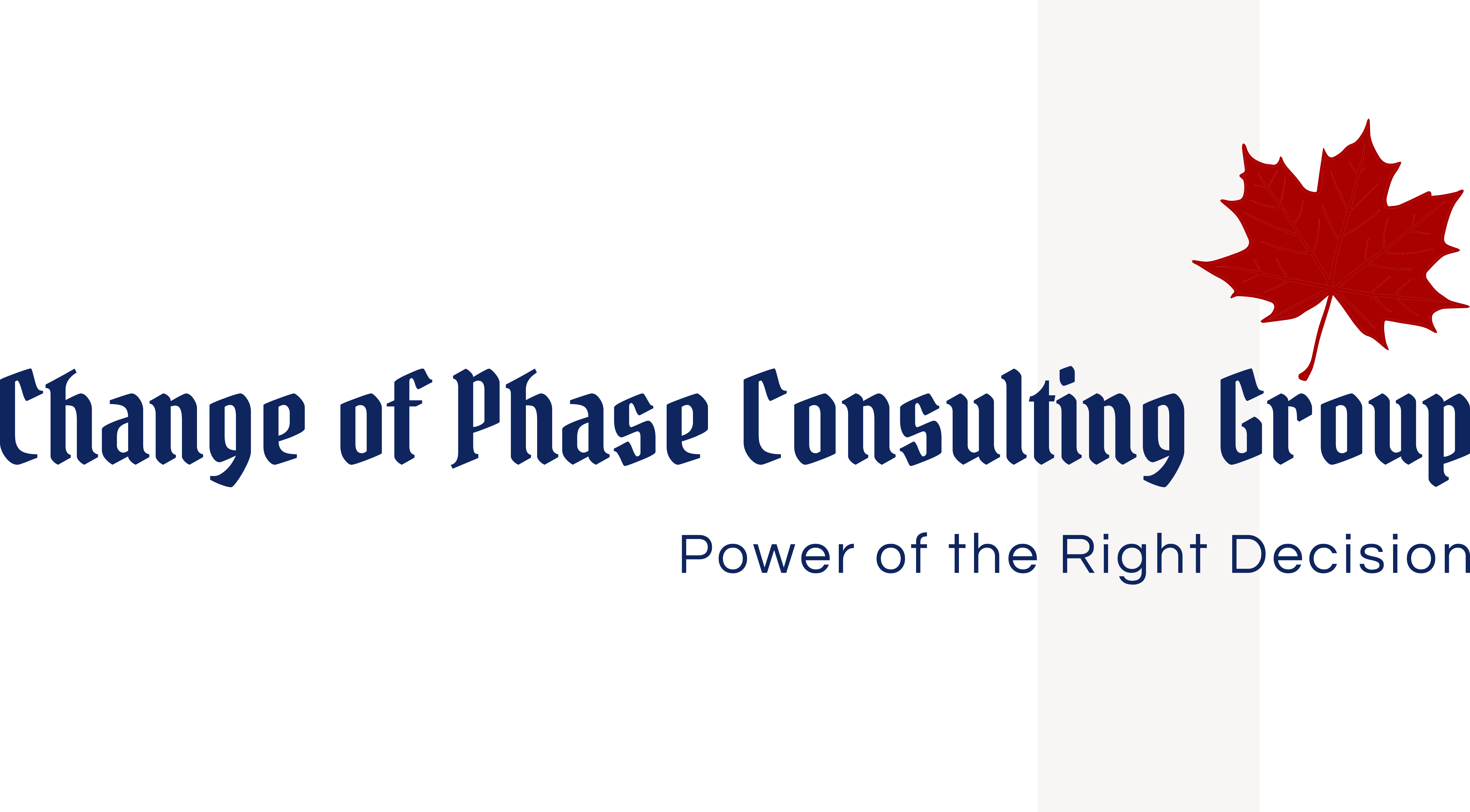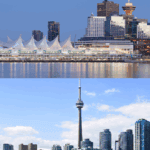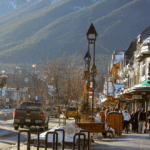When deciding where to live, one of the most significant considerations for many people is the cost of living. In Canada, where both rural and urban areas offer distinct lifestyles, understanding the financial implications of living in either environment is essential for making an informed decision. Whether you’re weighing the affordability of suburban serenity or the vibrancy of city life, it’s crucial to understand how your choice could impact your finances.
At Change of Phase Consulting Group, we often help individuals and families navigate these life-changing decisions. Here, we break down the differences in cost of living between rural and urban areas in Canada to help you make the right choice for your lifestyle and budget.
1. Housing Costs: A Major Factor
Housing costs are usually the most significant factor affecting the cost of living, and here, there’s a clear difference between rural and urban areas.
- Urban Areas: Cities like Toronto, Vancouver, Montreal, and Calgary have notoriously high real estate prices. The demand for housing in these areas, combined with limited space, means that rent and property prices are steep. As of recent reports, average home prices in large cities like Toronto and Vancouver can exceed $1 million, making homeownership unattainable for many. Rent can also be expensive, particularly in city centers where apartments in desirable neighborhoods often carry premium price tags.
- Rural Areas: In contrast, rural areas offer much more affordable housing options. Whether you’re looking to buy or rent, you’ll generally find prices that are a fraction of what you’d pay in an urban center. A similar-sized home in a rural area might cost only a third or a quarter of what you’d pay in a large city. This affordability is one of the key reasons many people are moving to the country, especially as remote work becomes more common.
2. Transportation: Getting From A to B
Another major factor in the cost of living is transportation. Public transit is readily available in urban areas, but in rural areas, owning a car is often essential.
- Urban Areas: Cities tend to have robust public transit systems, including buses, subways, and commuter trains, making it relatively easy and affordable to get around without a personal vehicle. Public transit offers a more economical alternative, with the cost of owning a car (gas, insurance, maintenance) often running high. Parking in the city can also be expensive and hard to find, adding additional costs.
- Rural Areas: Public transit options are limited or non-existent in rural areas. As a result, owning a car becomes a necessity for getting around. While the cost of gas and insurance may be slightly lower in rural areas, maintenance costs could be higher due to longer travel distances. However, rural areas often offer more affordable parking options, which can offset the cost of owning a vehicle.
3. Utilities and Services: What’s Included?
Utility costs can vary significantly between rural and urban areas, often due to the differences in population density, infrastructure, and access to services.
- Urban Areas: While cities tend to have excellent access to services like electricity, water, and sewage systems, the cost of these utilities can be higher. Cities are also home to more densely populated areas, meaning water, waste management, and energy infrastructure are under constant strain, which can lead to higher rates. However, the Internet and other digital services are usually more reliable in cities, with high-speed Internet and various service providers readily available.
- Rural Areas: In rural areas, utility costs can be lower, but service reliability can sometimes be a concern. Access to high-speed internet can be limited in remote areas, and some rural homes may rely on alternative sources of energy or heating, such as propane or oil, which could lead to higher fuel costs in winter months. Depending on the region, water and waste disposal services can also be more expensive or less reliable.
4. Groceries and Daily Expenses: The Price of Necessities
Daily living expenses vary widely between rural and urban settings, such as food, clothing, and other essential goods.
- Urban Areas: While urban areas offer a greater variety of grocery stores, restaurants, and entertainment, this variety often comes with a higher price tag. Goods are generally more expensive in cities due to higher transportation costs, rent for store locations, and other overhead costs. That said, cities also tend to have larger organic or specialty foods markets, which may provide more options for those willing to pay a little extra.
- Rural Areas: In rural areas, grocery prices can sometimes be higher due to the cost of transportation to remote locations, but this can be offset by lower rent for businesses and the absence of urban taxes. Additionally, rural areas often offer access to local markets where produce is fresher and more affordable. However, variety may be limited, and larger chains or specialty stores may be farther away, requiring longer trips to access.
5. Healthcare and Education: Accessibility and Costs
Healthcare and education are also significant costs, especially if you have a family or are considering starting one.
- Urban Areas: In large cities, you’ll find well-established healthcare facilities with access to specialists and urgent care centers. However, the demand for these services means waiting times can be longer. While public healthcare in Canada is generally free, private healthcare options in cities can be expensive. Education in cities is typically of high quality, but private schools and post-secondary education institutions can be costly.
- Rural Areas: Healthcare facilities are less frequent in rural areas, and specialized care may require travel to the nearest urban center. This can lead to higher transportation costs and longer wait times for care. Private healthcare costs are generally lower in rural areas due to reduced demand. As for education, rural schools can offer a more community-focused approach, but the range of educational programs may be more limited compared to urban centers.
6. Quality of Life: The Intangible Factor
While the cost of living is significant, many people choose where to live based on lifestyle factors.
- Urban Areas: Cities offer a wide range of entertainment, dining, shopping, and cultural experiences that are hard to match in rural areas. The convenience of amenities, social events, and a bustling job market can make urban life attractive to those who thrive in dynamic environments. However, this vibrancy often comes with a fast-paced, stressful lifestyle and higher living costs.
- Rural Areas: Rural living offers a slower pace, closer-knit communities, and a stronger connection to nature. The tranquility and low stress of country life are often significant benefits. The reduced noise and pollution levels also contribute to a more peaceful environment. Rural living can offer a higher quality of life for those who prioritize outdoor activities, space, and a quiet lifestyle, often at a lower cost.
Conclusion: Rural or Urban – Which is Right for You?
Ultimately, the decision between rural and urban life in Canada depends on your preferences and financial situation. Urban areas offer the advantages of convenience, access to services, and a dynamic job market, but these come with a higher cost of living. Rural areas, on the other hand, provide more affordable housing and a slower-paced lifestyle but with trade-offs regarding accessibility to services and employment opportunities.
At Change of Phase Consulting Group, we understand that every individual and family is unique. Whether you’re considering moving to a rural area or settling in a city, our team is here to help you navigate the decision-making process and ensure you make the choice that aligns with your goals.










Leave A Comment